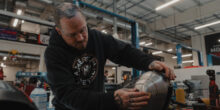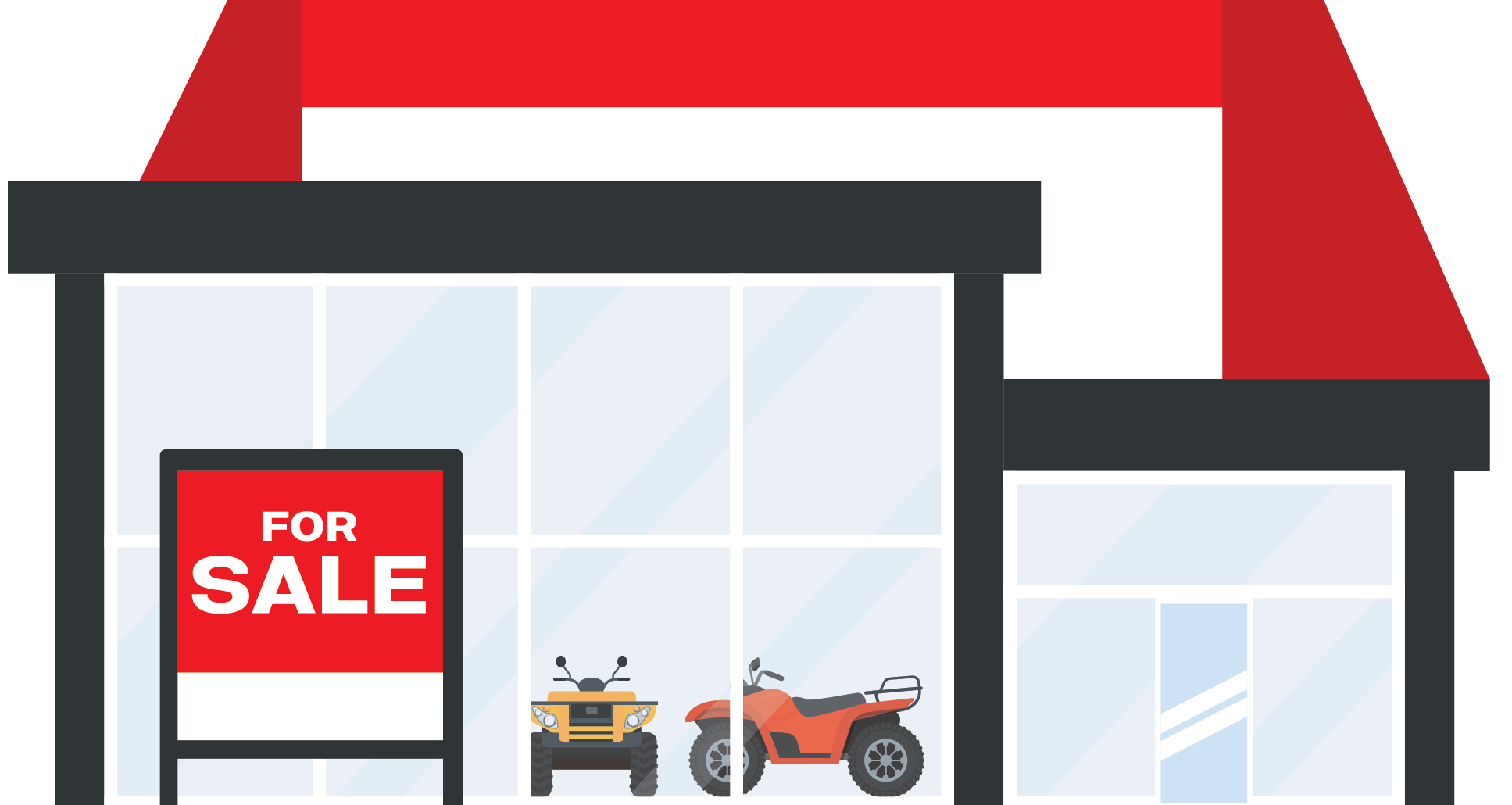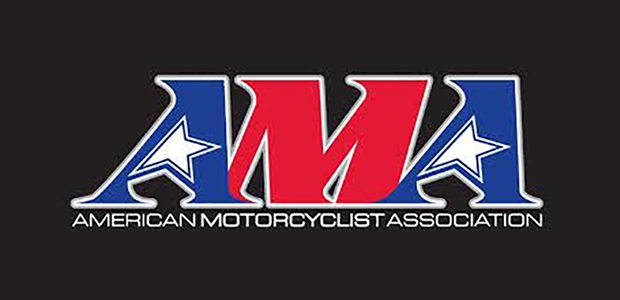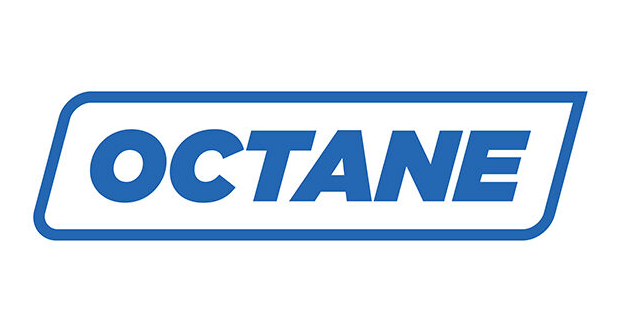Layering apparel is a win-win for dealers and riders
Gear keeps riders warm, while giving dealers added profit and credibility
Everyone who lives in a snowy climate — even those who have never hopped on a sled before — knows what a snowmobile suit looks like. From the fur-lined hoods, leathers and neon colors of old to the new, sleeker suits, they are iconic symbols of the sport.
But what are riders wearing underneath that outer gear? Are they prepared for all the elements they may ride in? And how can dealership bring in added revenue by carrying those unseen layers?
Several snowmobile apparel companies have been pushing base-layer gear for years, yet it hasn’t caught on with everyone in the industry yet, despite its benefits. Proper base layers make riders comfortable, which in turn makes them happy and encourages them to ride longer, even in the most extreme conditions. Selling base layers also helps dealers gain credibility for helping keeping riders warm, and of course, it adds to the bottom line.
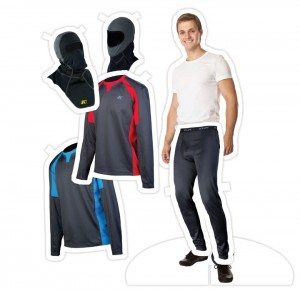 Typical base layers for a snowmobile rider include pants, a shirt, socks and a balaclava. Most snowmobile gear companies sell layering garments that have been made specifically for riding. Both Klim and Arctiva’s layering gear has been tested by snowmobilers in a variety of real-world conditions.
Typical base layers for a snowmobile rider include pants, a shirt, socks and a balaclava. Most snowmobile gear companies sell layering garments that have been made specifically for riding. Both Klim and Arctiva’s layering gear has been tested by snowmobilers in a variety of real-world conditions.
“If you’re going to buy snow gear for the outside then it makes sense basically to do the same thing for the mid-layers because you’re going to be buying it for intended uses,” said Jesse Ziegler, communications coordinator for Klim.
Just like the outer gear, base layers are designed for the activity levels of riders. Not only do they keep the rider warm, but most are made of wicking materials, which evaporate sweat when a rider gets warm.
“Regardless of the outside temperature, the human body is always giving off moisture, and wicking layer fabrics are the key to staying dry and warm,” explained Don Jensen, brand manager for Arctiva.
Proper base layers are ideal for any rider, as they offer the option for riders to add or remove outer layers as necessary. With wicking fabrics, they’re also designed to keep a rider comfortable if the rider is stuck in the elements for too long. The sweatpants and hooded sweatshirts that some riders wear under their gear is not designed to help in such conditions.
“Snowmobilers frequently experience changing weather conditions and need to be able to add or take off layers to reach the right combination that will allow them to be comfortable,” Jensen said. “If a rider is highly active, they may start out riding with all layers on, and when they work up excess heat output, being able to remove a layer or two helps reach optimum body temperature regulation. The same is true for a less active rider.”
To best prepare a rider for the elements, dealers should try to sell a whole gear system, rather than just parts.
“Dealers need to asking that question, ‘What do you wear underneath?’” Ziegler advised.
Layering gear for the outdoors can be found anywhere — from Wal-Mart to Cabela’s to a variety of other retailers — but dealers need to explain to their customers what makes the snowmobiling gear unique. Customers already know why the outer layers are special, and that’s why many buy from a dealership rather than the thousands of other stores that carry jackets and bibs. But they may not understand enough about base layers.
“From a dealer perspective, we really like it when they take the time not just to ask the questions but to educate the customer about the proper dressing system,” Ziegler said.
In addition to making a customer happy, under-layer sales add up. Even though each piece runs only $10-50 for most companies, adding three or four together for each customer can mean bigger profits.
“Layering garments are a great add-on sale to outerwear or as impulse items and have high profit margin potential,” Jensen said.
Just like motorcyclists like to focus on abrasion-resistant gear, snowmobilers need to be cognizant of their surroundings and how to properly dress for them. Getting suited up with ride-ready layering gear is an ideal place to start.
See sidebar for this article: Base layer sales go missing at dealerships


